
Dragon Age: The Veilguard Beginner's Guide: Things to do to get the most out of Rook's fight against the gods
Dragon Age: The Veilguard is out, after a nearly decade-long wait, players are looking to dive back into the world of Thedas. However, it should be said that The Veilguard doesn't play exactly like earlier Dragon Age entries. To that end, we've come up with a quick guide compiling tips and things we wish we knew when we started playing, the better to help new players make the most of their early hours with Dragon Age: The Veilguard. Read on to learn more!
Naturally, we're going to keep this guide as spoiler-free as possible, and won't speak about any specific plot points or quests.
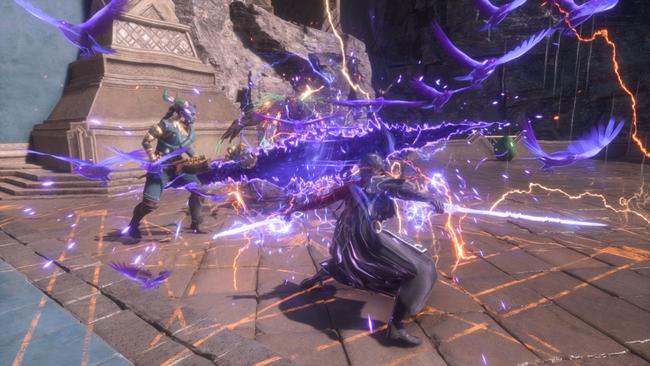
Detonate Like It's Going Out of Style
The term "Primer" and "Detonator" might be more familiar to players who've tried Mass Effect: Andromeda or Anthem, but BioWare had been working on this particular style of combat mechanic since Dragon Age Inquisition, though they were known as simple "combos" at the time. The usage is fairly simple: Use an ability to hit an enemy with a specific type of debuff that's classified as as a "Primer" to prime the target, then hit it with a second ability that's a "Detonator" to cause a big area explosion that damages both the target and the enemies around it.
Primers and Detonators are great first steps to building your team composition because they're a universal mechanic shared across all classes, specializations, and companion abilities. Dragon Age: The Veilguard is also full of gear options that improve primer skills, enhance the effects of detonations, and more. As such, almost any team composition is going to want to detonate at least one ability combo.
Another side bonus of detonation is the fact that detonating an enemy slows it down greatly for the few seconds it takes for the detonation to go off. When fighting big, tough enemies like dragons or darkspawn ogres, that can buy you some breathing room and space to move or lay in more damage.
Here are the different primers:
- Sundered: Targets take more damage from all sources.
- Applied by Rook's Rogue and Warrior skills, and by Harding and Lucanis.
- Detonated by Rook's Mage skills, and by Neve, Emmrich, and Bellara.
- Overwhelmed: Targets take more stagger damage from attacks, making them vulnerable to being disrupted and to takedown.
- Applied by Rook's Mage and Warrior skills, and by Taash and Davrin.
- Detonated by Rook's Rogue skills, and by Harding and Lucanis.
- Weakened: Targets take a penalty to their outgoing damage.
- Applied by Rook's Mage and Rogue skills, and by Bellara, Emmrich, and Neve
- Detonated by Rook's Warrior skills, and by Taash and Davrin.

Your Class Choice is Permanent
You can change a lot about Rook at will: Their disposition, appearance, and even given name are all malleable at almost any time after starting the game. What you can't change, however, is how Rook fights. Your choice of Warrior, Mage, or Rogue will define combat for you for the rest of the game, so take care when making it. Each class also has three specializations that further enhance a specific combat style. Though these specializations are associated with one of the in-game factions, you don't need to associate Rook with the factions just to use them.
Additionally, thanks to the breadth of the skill system and available specializations, Rook is generally more versatile than their companions of the same class, broadening their team composition options.
To help you make your class, here's a quick description of what each class can do, beyond just what the character creator tells you initially.
- A Warrior Rook will primarily fight in melee, with a sword-and-shield and a two-handed weapon. They can throw their shield as a ranged attack. Rook's Warrior abilities can apply the the Overwhelmed and Sundered primers and detonate enemies hit with the Weakened primer. Warriors build Rage to spend on abilities by landing basic and heavy attacks, and taking hits.
- Warriors have three specializations:
- The Grey Warden Champion focuses on fire damage, party buffs, and maximizing the use of the shield.
- The Lords of Fortune Slayer, which does major physical damage and uses two-handed weapons.
- The Mourn Watch Reaper that can dish out necrotic damage and siphon life from enemies.
- Warriors have three specializations:
- A Mage Rook fights with a staff and throws out magical projectiles at medium range, but can also move in close with an orb and dagger, using a novel "Arcane Bomb" combo to land big hits at the end of their attack strings. Their ranged attack is a consistent laser beam. Mage Rooks can apply the Overwhelmed and Weakened primers and detonate the Sundered primer. Mages power their abilities with Mana, which regenerates over time.
- Mage specializations include:
- The Mourn Watch Death Caller, which favors Necrotic damage and Area attacks.
- The Shadow Dragon Evoker, which favors Control skills based on Cold damage.
- The Antivan Crow Spellblade, which maximizes the orb and dagger with Electric skills.
- Mage specializations include:
- A Rogue Rook will alternate between attacking rapidly using dual blades and targeting enemy weak points with their bow. Rogues build Momentum by landing attacks without getting hit, so watch out for those enemy hit indicators! Rogue Rook can use their abilities to apply Sundered and Weakened as primers and detonate Overwhelmed enemies.
- Rogue specializations are:
- The Antivan Crow Duelist, which fights at close range using flurries of necrotic hits from the dual blades, striking faster than the eye can see.
- The Veil Jumper Ranger, which uses electric damage to maximize their bow's effectiveness and taking out large swathes of enemies.
- The Lords of Fortune Saboteur, which favors traps and turrets to take on enemies trying to get close and deal out damage consistently.
- Rogue specializations are:
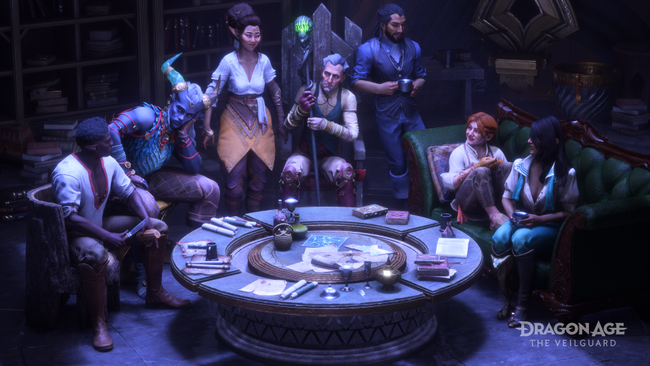
All Gear Goes To Rook
There's plenty of gear to be found and worn or wielded in Dragon Age: The Veilguard, but you won't see it all in a single playthrough. That's because the game restricts gear pickups and drops only to what your Rook can use. In other words, if your Rook is a Warrior, you will never see a staff, bow, or mageknife drop out of a chest or arrive as part of a quest reward. You'll only see gear for your class.
Armor is a different story. Rook can wear any armor regardless of their class and there are three types: Light, Medium, and Heavy. Light armor typically has lower defense and a higher bonus to ability damage, while heavy armor trends the opposite, with medium striking a balance. Certain passive skills also give you bonuses for wearing armor of the same type or for mixing types. That said, good perks will outweigh those passives, so prioritize your perk synergies over them.
As for companions, all companion gear is exclusive to them. Rook won't be sharing any gear with the team, and any gear upgrades are marked as being for the companion in question, whether you buy it at a store, pick it up from a chest, or receive it as a quest reward.

Rarity Upgrades Outweigh Equipment Levels
You can upgrade gear at the Caretaker's forge in the Lighthouse, but these upgrades will only raise the base level of a given gear piece, from +1 to a maximum of +10. Raising a weapon or armor's level raises its base stats like damage or defense. The real upgrades, though, are in raising the rarity of a gear piece, from gray (Common) to orange (Legendary).
Many shops, item chests, and quests will award a piece of gear you already have. When you pick up one of these duplicates, it automatically raises the rarity of the gear by one level. From green (Uncommon) up, each rarity tier unlocks a new perk that the gear bestows. At legendary rarity these perks can be so impactful that single accessories or armor pieces can become core components of an entire character build! When deciding how to spend precious gold or upgrade materials, favor your highest-rarity gear or gear with perks that work with your favored character builds.
The exception to this rule is Unique gear. Uniques are identified by a telltale bright red border on their item icon, and have a distinct appearance. Uniques typically have a unique powerful perk that offers a downside.
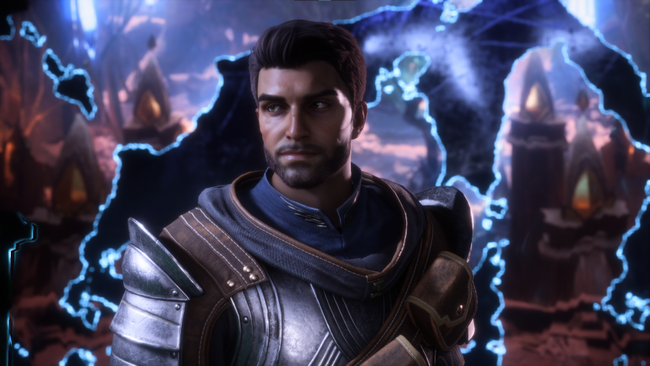
Change Your Rook's Look Anytime
Unsatisfied with how Rook looks in regular game lighting? Don't worry! You can fix things almost as soon as you begin the game proper.
Though your class, lineage (your race), pronouns, and faction are permanent choices that you can't take back once you leave character creation, you can change Rook's appearance at any time from the Lighthouse. Just head to the infirmary and stare into the Mirror of Transformation. There you can adjust Rook's face, body, hair, and features, as well as their given name and voice.
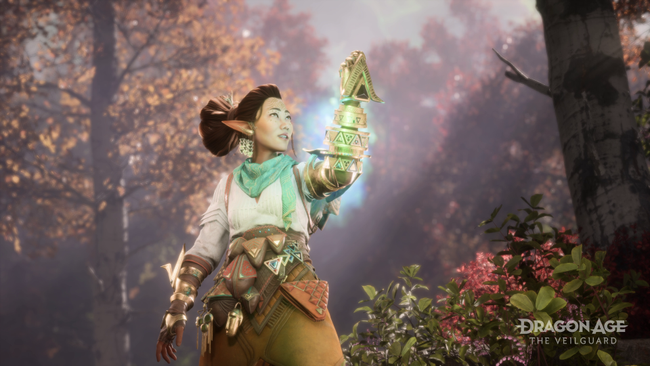
Always Be Repeccing
You can change and refund any skill point you spend freely. The only thing you can't do is have more than one class specialization active at a single time, but if you're so inclined, feel free to adjust your build frequently, trying out new skills or unlocking different perks to suit the threats of the moment or the gear on hand.
For example, you might prefer the up-close fighting style of the Crow Spellblade. But this quest's enemies with the big shields and high resistance to lightning damage are giving you grief! The next time you leave combat, adjust your build and try out the control skills of a Shadow Dragon Evoker, freezing enemies and slowing them before they ever get close.
You can do the same for Companions, adjusting their skill builds to best suit Rook's needs.
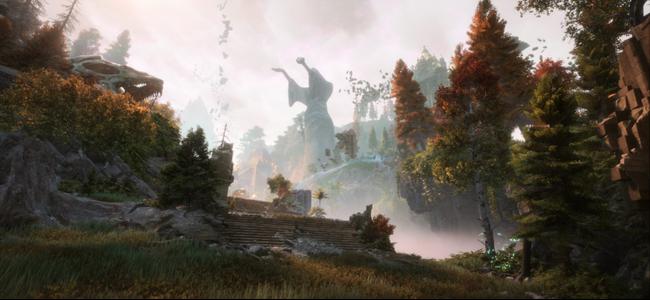
Explore Everywhere
The Exploration Zones of Dragon Age: The Veilguard aren't quite as massive as the open-world areas of Inquisition, but they're still big, and full of little corners and crannies, into which are stuffed treasure chests, gold and resource pickups, and lore collectibles. Scour these areas clean!
Not only are the resource pickups critical to giving you what you need to buy gear upgrades and Lighthouse decor, they'll also fill out large parts of the map well before a side quest calls for you to go there, making travel in the later parts of the game a breeze.
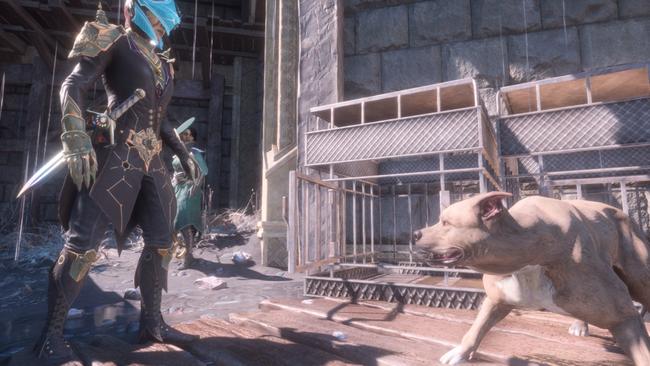
Rook, Menace to Boxes (and Pots)
Rook may be the sworn enemy of the gods, but they're an absolute menace to pots, boxes, and loose piles of wood all over Thedas. Break every breakable object you can find. Busting up boxes and pots won't give you much, but the tiny trickle of gold, flawless crystals, heartwood, and occasionally a much rarer resource or two will significantly augment your resources on hand, the better to leave you with a surplus for upgrading faction shops or buying up needed gear upgrades.
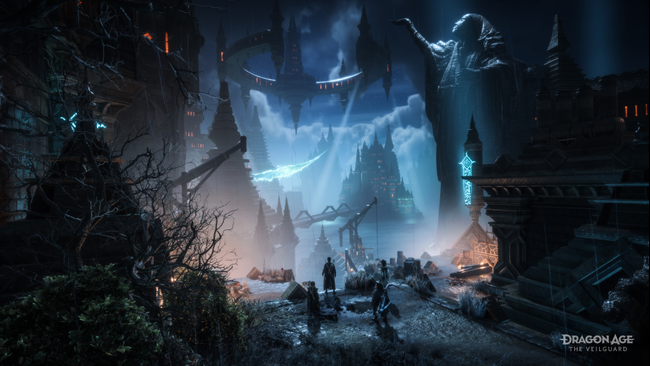
Spend Wisely, Sell Freely
The in-game economy of Dragon Age: The Veilguard can be surprisingly tight. Vendors scattered throughout the zones of Thedas will sell gear upgrades, cosmetic looks for your wardrobe, decor items for the Lighthouse, and all of that will cost gold. Some other vendors will take only Etheric Residue, found only in resource pickups scattered throughout certain areas close to the Fade, like the Crossroads and certain zones.
There are only a handful of ways to get gold, including quest completions, treasure chests, and selling the junk you can pick up in the world to faction vendors (these are the only vendors who will buy "valuable items"). A few vendors will also buy small amounts of resources like Heartwood and Imperial Weave for gold. Other vendors will sell their own valuable items that you can buy (with gold) to sell to faction vendors. Selling to faction vendors contributes to the faction's overall strength, a factor that plays into the game's ending.
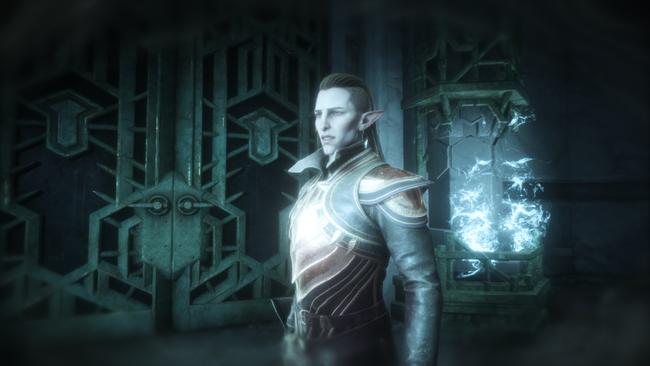
Side Quests Matter
Dragon Age: The Veilguard is full of side quests of varying types, ranging from companion-centric interactions to simple quests to kill groups of enemies in certain places. Do them all, if you can. Completing side quests will contribute to the strength of the Veilguard's allied factions, as well as give valuable resources, cosmetic pickups, gear upgrades, and more.
They can also be very consequential for the ending. Without spoiling too much, I would encourage players not to ignore quests involving the Crossroads, the interdimensional exploration zone that links all the others.

Home Sweet Lighthouse
The Lighthouse is the Veilguard's home away from home. Return to it frequently! The Lighthouse serves as the main hub for the vast majority of character interactions, and quest completions in the world often serve as triggers to move "time" forward and kick off new parts of each character's companion story. Consider returning to the Lighthouse whenever you complete a side quest or two, just to check in with the team and see what else to do has opened up.
Dragon Age: The Veilguard is available for PC, PS5, and Xbox Series X|S. Check out RPG Site's full review here.